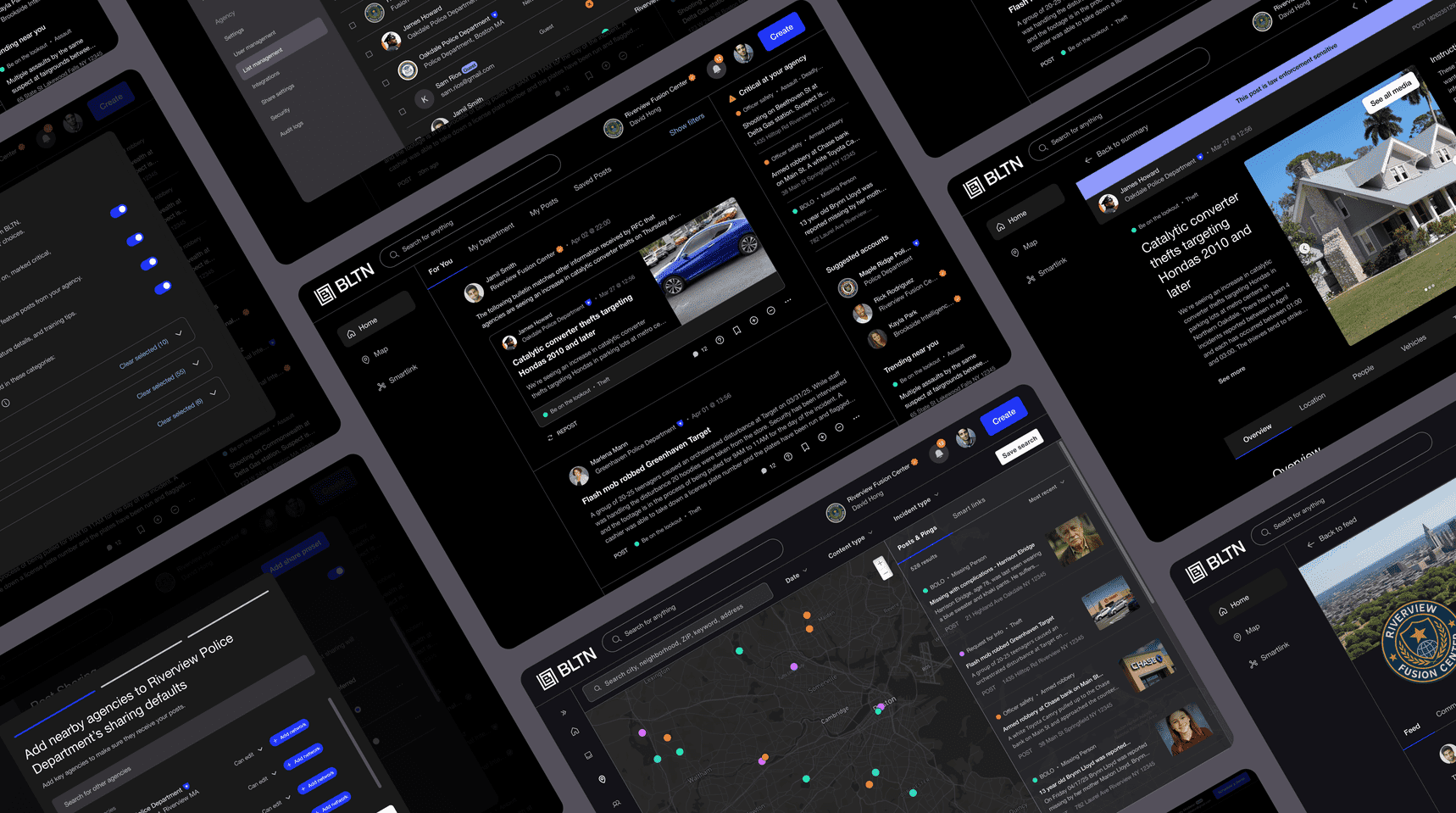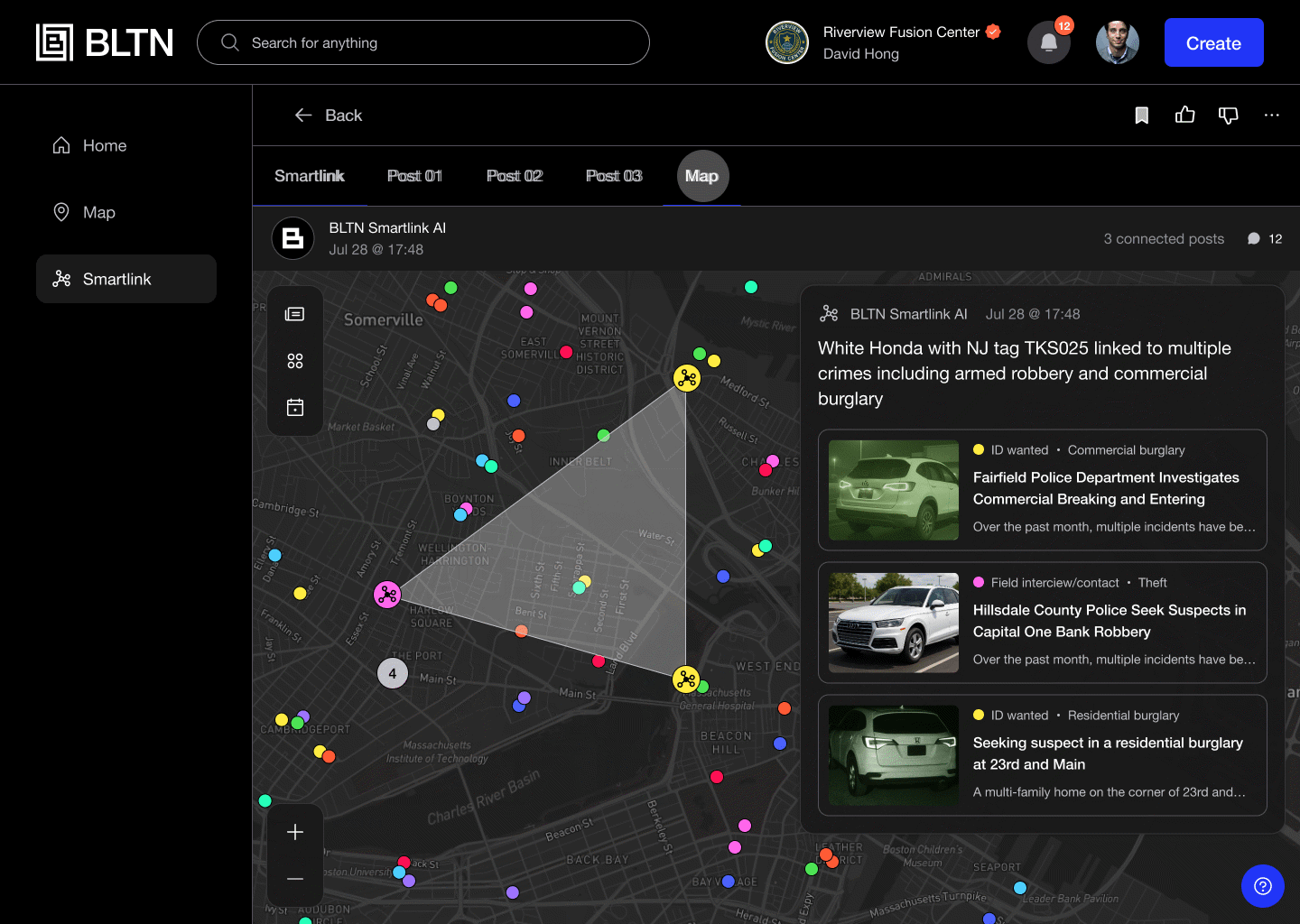In an increasingly interconnected world, the need for collaboration among law enforcement agencies has become more pressing than ever.
Criminals have never recognized jurisdictional boundaries and technological development has highlighted this issue: We live in a world now where complex illegal enterprises can be conducted by a social-media-savvy teenager on the other side of the country wielding nothing other than a smartphone. Interpol’s global crime trends report from last year forecasts a rise in organized crime, illicit trafficking, cybercrime, and other trans-state and trans-national criminal activities.
In this new digital age, cooperation between agencies is vital to ensuring public safety and delivering effective crime prevention. There have also been calls for crime fighters to work more closely with the private sector and big tech partners in particular. However, despite the obvious benefits, numerous challenges hinder successful collaboration. Let’s explore some of the primary reasons why law enforcement agencies often fail to collaborate effectively - and examine the potential solutions that can bridge this gap.
Organizational Barriers
One of the major roadblocks to collaboration among law enforcement agencies is the bureaucratic structure of these institutions. While some countries, like South Korea, have national police forces, most do not. The USA has close to 18,0001. Different agencies often operate under separate chains of command, reporting structures, and competing priorities. This leads to a lack of standardized procedures and protocols for sharing information and resources. Additionally, interagency competition, and the desire to maintain control over their own investigations, can create a reluctance to cooperate fully, which exacerbates the problem.
Solution: To overcome organizational barriers, law enforcement agencies must adopt a culture of collaboration that emphasizes the shared goal of public safety over individual agency interests. This can be achieved through the creation of joint task forces, regular cross-agency training, and the establishment of clear lines of communication and information sharing protocols. Organizational KPI’s may need to be re-examined to ensure that priorities are aligned across a broader vision of public safety.
Resource Constraints
Law enforcement agencies often face resource constraints, including limited budgets, personnel shortages, and outdated technology. Recently, calls to “defund” the police in some US cities saw levels of crime surge in some areas before budgets were restored. These limitations can hamper the ability to dedicate time and resources to collaborative efforts. Additionally, agencies might be hesitant to allocate valuable resources to aid another organization, fearing that it might undermine their ability to tackle local crime effectively.
Solution: Governments and policymakers should prioritize funding and resources for law enforcement agencies, especially those dedicated to collaborative initiatives. Improved funding can enable agencies to invest in modern technology, personnel training, and intelligence sharing systems, making collaboration more feasible and productive. Multitude Insights's BLTN product is one such information sharing platform - it empowers collaboration by reducing the traditional frictions which exist between agencies.
Information Sharing and Trust Issues
Effective collaboration relies heavily on the sharing of critical information and intelligence between agencies. However, concerns about data privacy, security breaches, and trust deficits can significantly impede information sharing. Law enforcement agencies are often reluctant to disclose sensitive data without guarantees that it will not be misused or lead to jurisdictional conflicts.
Solution: Developing standardized protocols for information sharing, incorporating encryption and other security measures, and ensuring that data is used for appropriate purposes can foster trust among agencies. With more cooperation, relationships will strengthen over time and this will foster a greater understanding of each agency's goals and responsibilities.
In a world facing ever-evolving criminal threats and challenges, successful collaboration among law enforcement agencies is not just a desirable option. It is a necessity. Breaking down the barriers that hinder effective cooperation requires a collective effort from policymakers, agency leaders, and law enforcement personnel. By addressing organizational, resource, and information-sharing challenges, we can foster a culture of collaboration that will enable law enforcement agencies to work together seamlessly, ultimately enhancing public safety and achieving the shared goal of a safer society.
1. Duren Banks, Joshua Hendrix, Matthew Hickman & Tracey Kyckelhahn (2016). “National Sources of Law Enforcement Employment Data,” U.S. Department of Justice Program Report, April 2016.






.png)

